Automation sortation systems will surpass $14 billion by 2030 says Future Market Insights
A recent Future Market Insights report found that the global market for automated sortation systems will surpass a valuation of $14.34 billion by the end of 2030.
According to FMI, with accuracy and efficiency of automated sortation systems set to boost KPIs, manufacturers are steadily scaling up logistics and warehousing businesses to improve sorting and picking. Automated sortation is giving an uptick to profit margins by a 1% gain and helping to reduce the total cycle time for orders. Newer sortation systems have sortation rates close to 100%, operators within the automated sortation system market are increasing their own reliability index through timely deliveries. Better throughputs help stakeholders prepare better for capacity forecasts.
The report says that modern drive systems in automated sortation systems will reduce CO2 emissions by 80%. Accuracy of automated sortation system is also set to boost perfect order percentage by 3% to 4 %.
Medium throughput sorters will be most lucrative and are slated to capture 46% of the market share through 2030. Linear automated sorters will witness the most prolific growth through 2030.
The COVID-19 pandemic has obstructed growth within the automotive and air cargo segments. However pharmaceutical and food and beverages are seen to benefit. With food and beverage production and supply being deemed as essential services and pharmaceutical sector seeing a burst of innovation the market will see new drug formulations rolling out.
FMI says that e-commerce companies such as Amazon, Walmart as well as Courier, Express and Parcel companies are showing increased inclination towards sortation systems. These companies are exclusively partnering with sortation system manufacturers for optimized sorting solutions at their warehouses. In land constrained, emerging markets, many players are focusing on integration of industrial and residential land uses. Vertical and flexible warehousing solutions is another trend players are capitalizing on.
